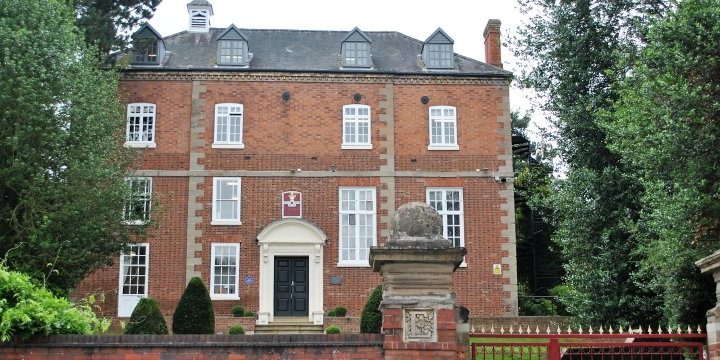A History of Country Dancing – The Later Stuarts
A History of Country Dancingwith an emphasis on the steps Anne Daye, HDS Director of Education and Research The Country Dance of the Later Stuarts The Civil War and the Commonwealth caused a hiatus in English social life, particularly following the departure of royalty and many aristocratic and gentry families for France and the Continent. A new energy came with the Restoration of Charles II to the throne in 1660. Samuel Pepys went to Whitehall on New Year’s Eve 1662, where he saw the King dancing: ‘After seating themselves, the King takes out the Duchess of York; and the Duke, the Duchess of Buckingham; the Duke of Monmouth, my Lady Castlemaine; and so other lords other ladies; and they danced the Bransle. After that, the King led a lady a…










